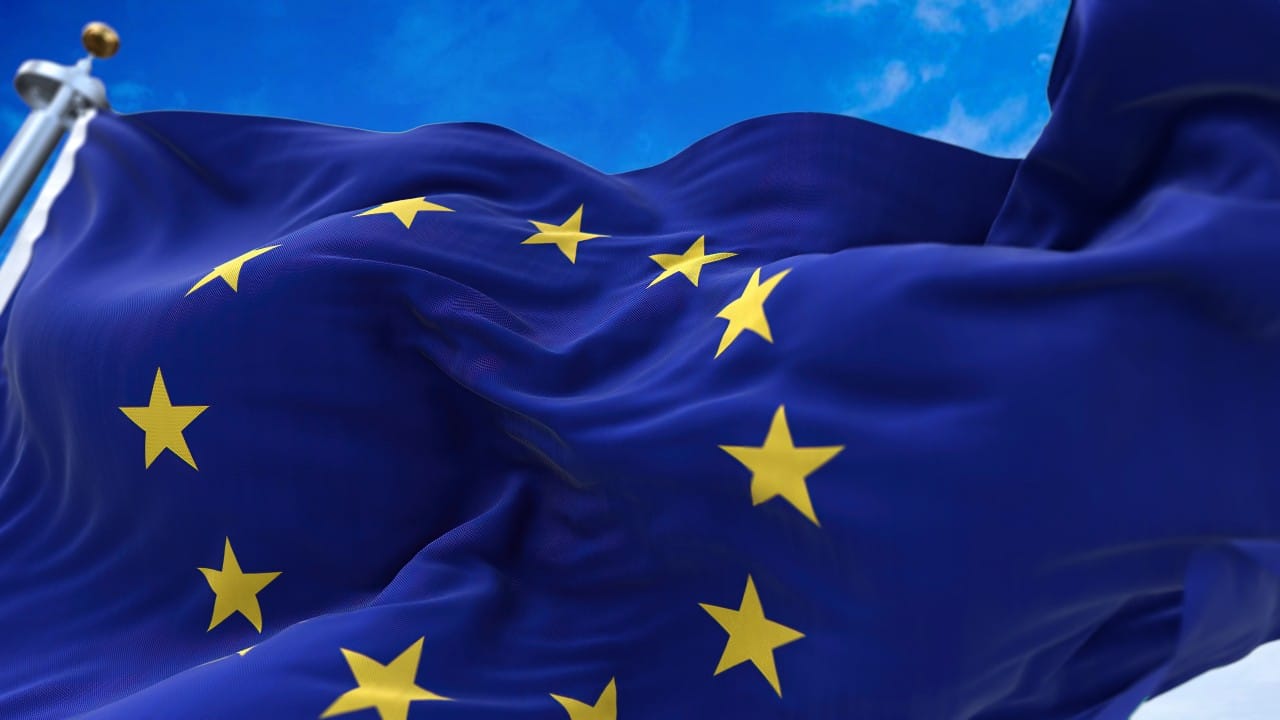As 21 Century marketers, we celebrate the speed and agility of marketing platforms. At the same time, we’ve all come to understand that producing infographics and how-to pieces only fill the vast ocean of B2B information, making decision makers the victims of un-targeted and unnecessary chatter. Decision makers often drown before the end of the buyers journey.
How should we deal with information overload?
Recognize buying information overload:
- Stay alert to the signs of content overload
- Take note of when it happens and remember the feelings you had before it started
- Try to learn how much data you can process before this happens
- Identify what stresses you the most: Is it volume … the onus of choosing, … something emotional .. or even social pressure?
Information overload is your brain getting tired – just as you know your muscles can get tired. When your brain’s had enough, you feel exhausted and you just … stop!
Prevention
Prevention is the best form of cure. You know what causes your own buying information overload, so you can control that:
- Start with a fresh head
- Use a Descartes square to break down the decision process
- Prioritize actions
- Seek assistance from colleagues
- Collect important data into a table – names of the companies, options you consider important, peculiarities within an offer, prices and other relevant data
- Cut down on how much information you process each day
- Remember not to expect something infallible
- Remember that you need to buy something
- Remember nothing in life is perfect
Pulling through
Buying information overload is not the end of work, nor the decisions one needs to make and there are ways of pulling through. There are pretty simple tactics that remind us we can take enough time without stopping.
- Everything is relative: one small failure shouldn’t stall decisions in the long run
- There’s always tomorrow – so schedule in exactly when to return to the purchase process
- Come back to it (only) after rest (batteries recharged)
- Switch off when away from the problem
Enough rest and sufficient time free of worry about a problem allows the subconscious to solve the problem on its own. When one cannot make a decision, there are three choices: postpone the decision, decide not to decide or take a chance. In B2B most of us are stuck in the first category: we need to decide.
***
Buying information overload is an everyday hassle for B2B decision-makers. They struggle because even marketing leaders are slow to change their marketing and sales focus. Instead of producing content around disruptive thought leadership and edge-cutting capabilities, smart companies enable the buying process.
Sales is finally going back to the true meaning of sales: focus on the buyer’s needs. B2B Execs need advice- or support-content to help them make a decision. Self-service is becoming the new avenue for B2B sales, so that drowning decision makers receive timely support from a customer-service point of view.



